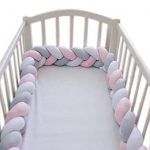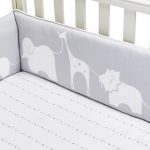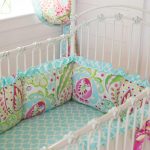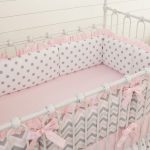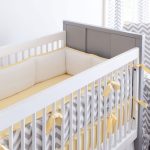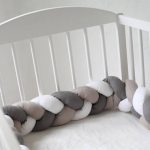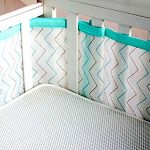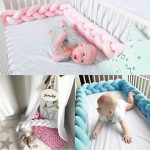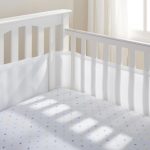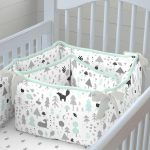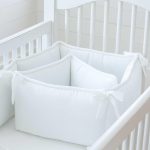Crib bumpers have long been a staple in nurseries, believed to protect babies from knocking their heads against the hard crib rails and getting their limbs stuck between them. However, recent studies have highlighted the safety risks associated with these seemingly innocent cushioned additions to cribs.
According to the American Academy of Pediatrics (AAP), crib bumpers pose a significant risk of suffocation, strangulation, and entrapment, making them a dangerous choice for parents looking to create a cozy and stylish nursery. In fact, the AAP recommends against the use of crib bumpers altogether, stating that they do not prevent injuries and can actually increase the risk of harm to babies.
One of the main concerns with crib bumpers is the potential for suffocation. Babies have a limited ability to move their heads and bodies, and if they roll against a crib bumper while sleeping, their airways can become obstructed, leading to a life-threatening situation. Additionally, the soft padding of crib bumpers can create a soft surface that babies can press their faces into, increasing the risk of suffocation.
Another major risk associated with crib bumpers is strangulation. Babies are curious and can easily become entangled in the ties or fabric of the bumper, leading to serious injury or death. In some cases, infants have become trapped between the crib bumper and the mattress, putting them at risk of strangulation.
Furthermore, crib bumpers can also increase the risk of entrapment. If a baby’s limbs or head become wedged between the bumper and the crib rails, they can become stuck and potentially suffer serious injuries. This risk is further heightened in cribs with adjustable mattress heights, as the gap between the mattress and the crib rails can change, creating a potential hazard for babies.
In light of these safety risks, it is imperative for parents to be informed about the dangers of crib bumpers and take steps to ensure the safety of their babies. The AAP recommends using a firm mattress and tightly fitting sheets in the crib, along with avoiding soft bedding, stuffed animals, and other suffocation hazards. Additionally, parents should regularly check their crib for any potential dangers, such as loose or broken parts, and follow safe sleep guidelines to reduce the risk of Sudden Infant Death Syndrome (SIDS).
In conclusion, while crib bumpers may seem like a harmless addition to a nursery, they pose serious safety risks to babies. Parents should prioritize safe sleep practices and opt for alternatives that provide a safe and comfortable sleep environment for their little ones. By being aware of the risks associated with crib bumpers and taking appropriate precautions, parents can help ensure the safety and well-being of their babies while they sleep.
 darbylanefurniture.com Interior design ideas with the latest interior inspiration
darbylanefurniture.com Interior design ideas with the latest interior inspiration

